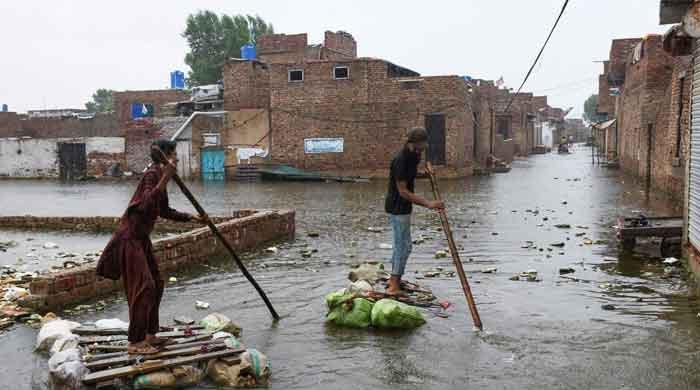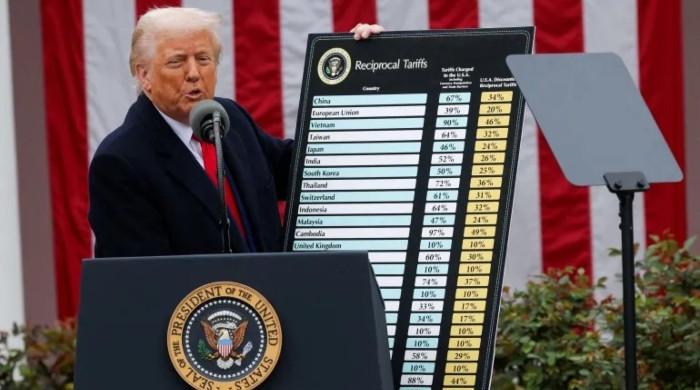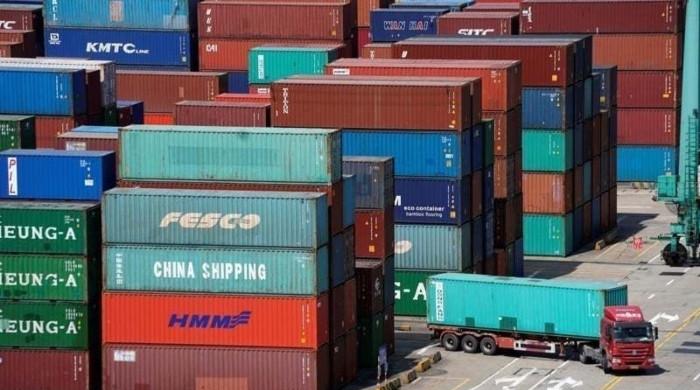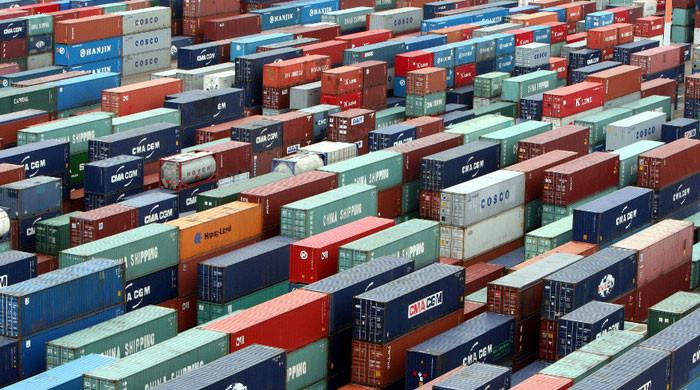Pakistan's power crisis
Country's energy crisis is primarily driven by its heavy reliance on non-renewable and expensive fossil fuels
July 17, 2024

Pakistan has been grappling with a severe energy crisis for several years. Energy demand continues to soar while the supply of conventional energy sources remains inadequate.
This imbalance has resulted in frequent power outages, which not only hinder economic growth and disrupt daily life but also impede technological advancement. As the gap between energy supply and demand widens, the nation faces escalating power costs and increasing reliance on imports.
In October 2023, Pakistan had an energy deficit of 6,000 megawatt, incurring an import bill of $7 billion. According to the National Electric Power Regulatory Authority’s (Nepra) 2022 annual report, Pakistan’s installed generation capacity adds up to 43,775 MW, of which merely 7% comes from renewable energy sources.
Addressing this crisis requires strategic investments in renewable energy infrastructure and policy reforms to ensure a sustainable energy supply for Pakistan’s future.
The origins of Pakistan’s energy crisis can be traced back to the 1970s when Pakistan narrowly averted a major energy crisis when the government launched the Mangla and Tarbela dams. These projects ushered in a brief era of robust hydro-driven energy generation that effectively met the country’s demands.
However, the 1980s saw a period of strong economic growth that caused energy demand to surge. Despite government efforts to increase generation, they failed to keep up with the escalating demand.
The energy crisis in Pakistan stems from a multitude of interconnected and overlapping factors. Pakistan’s energy crisis is primarily driven by its heavy reliance on non-renewable and expensive fossil fuels, which make up 59% of the energy mix.
This dependence is exacerbated by outdated transmission lines, infrastructural flaws, and issues such as line losses, power theft, and inefficient energy usage. The country’s energy infrastructure is further strained by overpopulation, rapid urbanisation, and industrialisation.
A World Bank report projects that Pakistan’s energy demand will increase by 70% by 2030, while supply is expected to grow by only 45%. Economic instability and a shortage of technical expertise compound these challenges.
Additionally, systemic corruption and inefficiencies within generation and distribution companies (Gencos and DISCOs) significantly contribute to the crisis.
The lack of consistent political will and effective energy policies, coupled with shortsighted commitments to independent power producers (IPPs) and the burden of circular debt, perpetuate Pakistan’s enduring energy challenges.
To address Pakistan’s energy crisis, a multifaceted approach is urgently needed. The country must diversify its energy mix by investing heavily in renewable energy sources such as solar, wind, and hydropower.
Given that only a paltry 7% of Pakistan’s energy currently comes from renewable sources, significantly increasing this share is important. This transition not only reduces dependency on costly fossil fuel but also aligns with global trends towards sustainable energy.
Additionally, expanding and upgrading the transmission infrastructure is vital to mitigate the chronic issues of line losses and power theft, which have long plagued the system. Modernising these outdated transmission lines will enhance efficiency and reliability, ensuring that generated power reaches consumers.
Addressing systemic corruption and inefficiencies within the generation and distribution companies (Gencos and DISCOs) is paramount. The government must implement stringent anti-corruption measures and overhaul management practices to eliminate waste and financial mismanagement. This should be coupled with a consistent political will to enforce these reforms and hold accountable those who fail to comply.
Revisiting and renegotiating short-sighted agreements with IPPs can alleviate some of the financial burdens contributing to circular debt. Such measures would restore financial stability to the power sector.
Additionally, the bureaucratic red tape that hinders project implementation must be streamlined to avoid delays and inflated costs, ensuring that projects are completed on time and within budget.
Enhancing local technical expertise is critical for sustainable energy development. Investing in education and training programmes for engineers and technicians will build a skilled workforce capable of maintaining and advancing the energy infrastructure.
This long-term investment is necessary to keep pace with technological advancements and ensure the efficient operation of energy systems. Public-private partnerships can attract investment and innovation, leveraging the private sector’s efficiencies and expertise to bolster the public energy sector.
Utilising untapped and renewable energy sources with high potential and capacity — wind (50,000 MW), solar (40,000 MW), hydro (40,000 MW), and Thar coal (100,000 MW) — alongside tidal, bio-fuels, and nuclear potential, would be a great stride in this regard. By harnessing these resources, Pakistan can bolster its energy supply and reduce reliance on imported fossil fuels.
The government must also prioritise energy conservation and efficiency measures. Implementing policies that encourage the use of energy-efficient appliances and practices can reduce overall demand.
Public awareness campaigns should highlight the importance of energy conservation and the economic benefits it can bring to the country. These efforts, combined with structural reforms, can help bridge the projected gap between energy supply and demand, ensuring a stable and sustainable energy future for Pakistan.
The writer is a freelance contributor.
Disclaimer: The viewpoints expressed in this piece are the writer's own and don't necessarily reflect Geo.tv's editorial policy.
Originally published in The News











